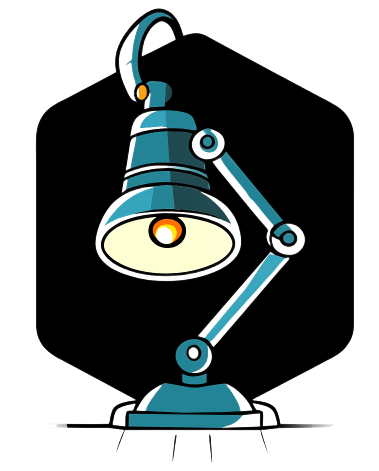Quali sono le conseguenze di un attacco tramite ransomware?
Introduction
Ransomware is a type of malware that has become increasingly prevalent in recent years. It can have devastating effects on individuals and organizations alike. In this article, we will explore what ransomware is, how it works, and where it tends to occur.
What is Ransomware?
Ransomware is a type of virus that takes control of an individual’s computer and encrypts their data, demanding a ransom in order to restore access. Some ransomware variants lock the system and demand payment to unlock it, while others encrypt the user’s files and demand payment to decrypt them. These attacks, initially concentrated in Russia, have now spread worldwide.
How Does Ransomware Work?
Ransomware is primarily distributed through email, making it extremely dangerous to open attachments or click on links from unknown sources. It is always safer to download files from official websites rather than via email. Once a user’s computer is infected, the ransomware takes over and encrypts the data, rendering it inaccessible. The attackers then demand payment in exchange for the decryption key.
Where Do Ransomware Attacks Occur?
Ransomware attacks can occur anywhere, as they are perpetrated by cybercriminals. These criminals infect computers or networks, blocking access to the system or encrypting the data within. They then demand money from the victims in exchange for releasing the data. It is important to note that ransomware attacks can target individuals as well as organizations.
Notable Examples of Ransomware
Some of the most well-known examples of ransomware include WannaCry, Reveton, and CryptoLocker. These variants have caused widespread damage and financial loss for many victims. It is crucial to stay vigilant and take necessary precautions to protect against these threats.
Protecting Against Ransomware
There are several measures that individuals and organizations can take to protect themselves against ransomware attacks. One effective approach is to use reliable antivirus software and keep it up to date. Additionally, regularly backing up important data and storing it in a secure location can help mitigate the impact of an attack. It is also essential to educate oneself and others about the dangers of clicking on suspicious links or opening unknown email attachments.
Conclusion
Ransomware attacks continue to pose a significant threat in today’s digital landscape. Understanding how these attacks occur and implementing effective security measures can help individuals and organizations safeguard their data and minimize the risk of falling victim to these malicious attacks. Stay informed, stay vigilant, and stay safe.
